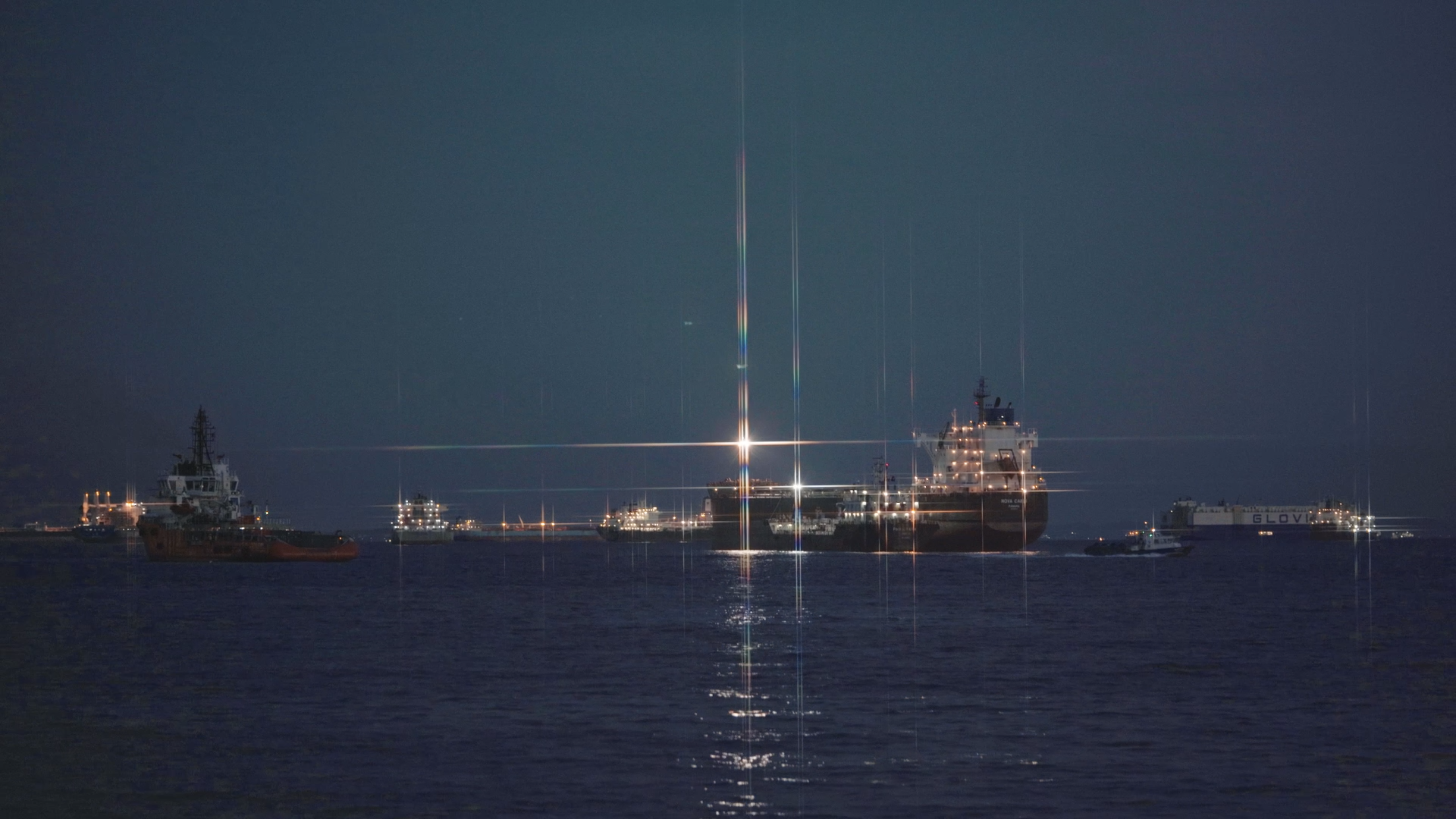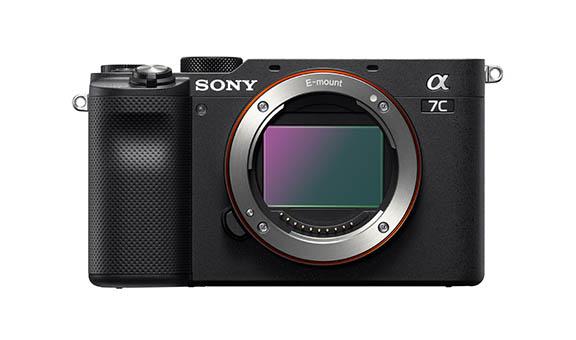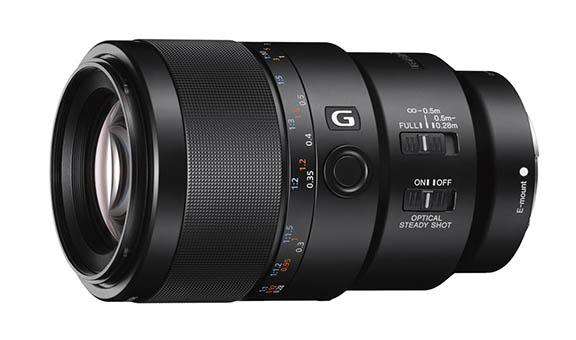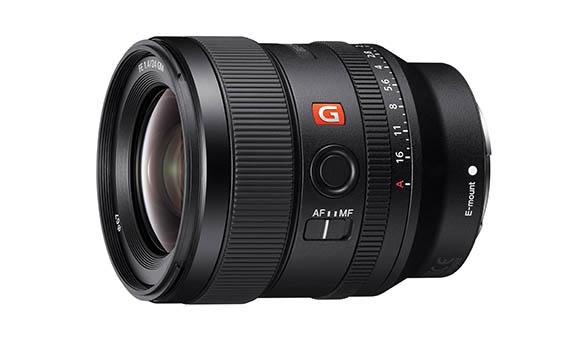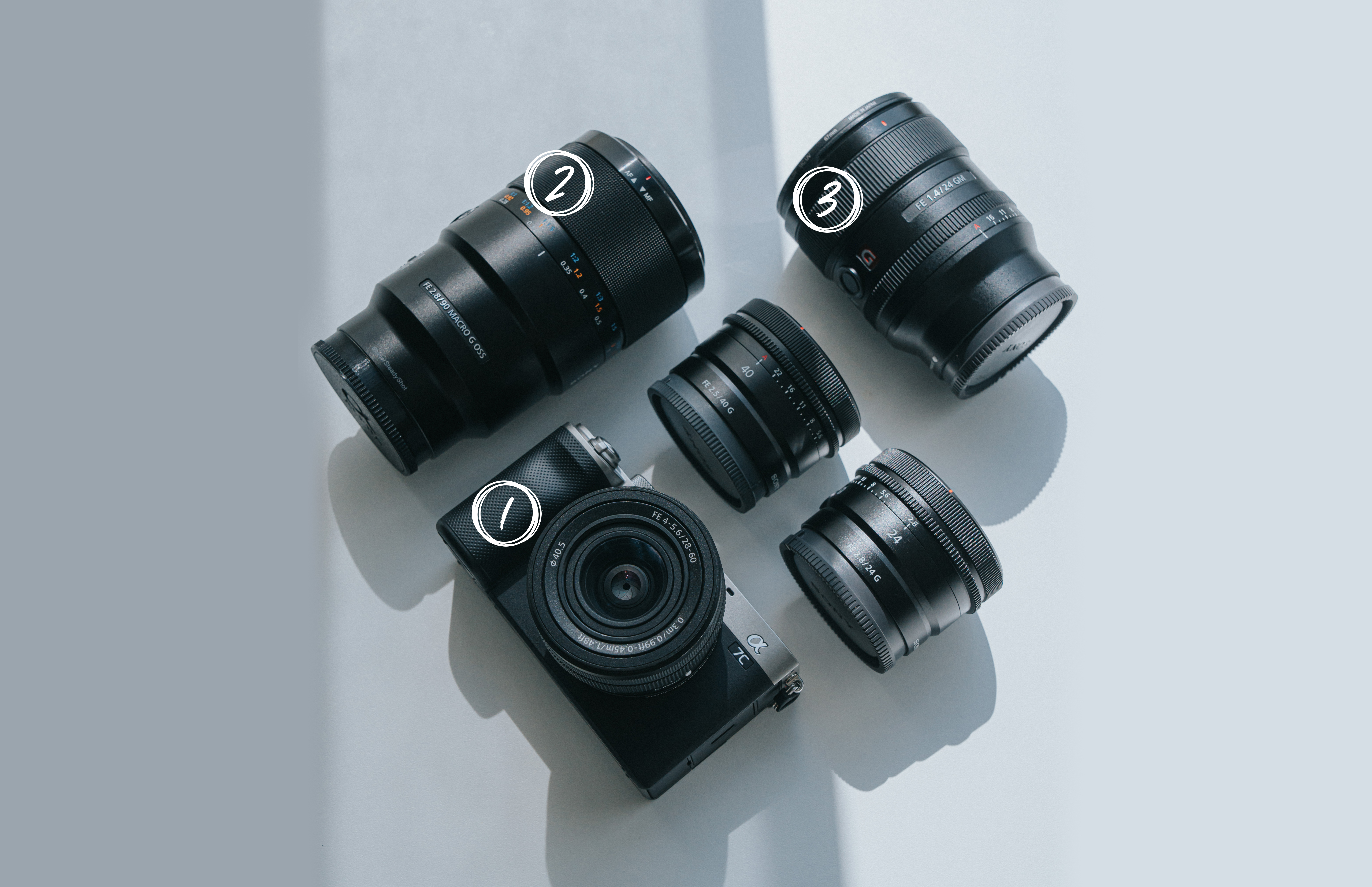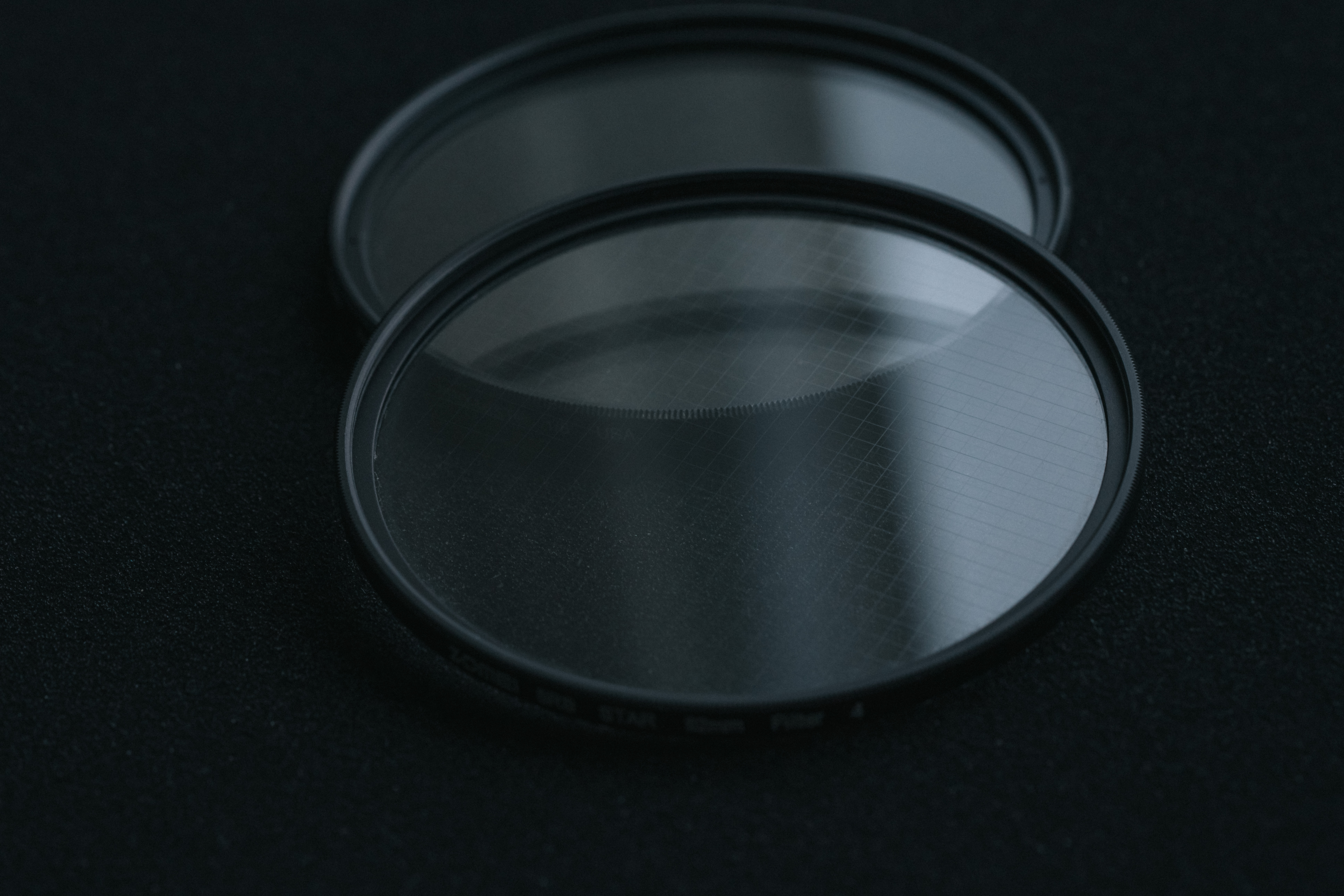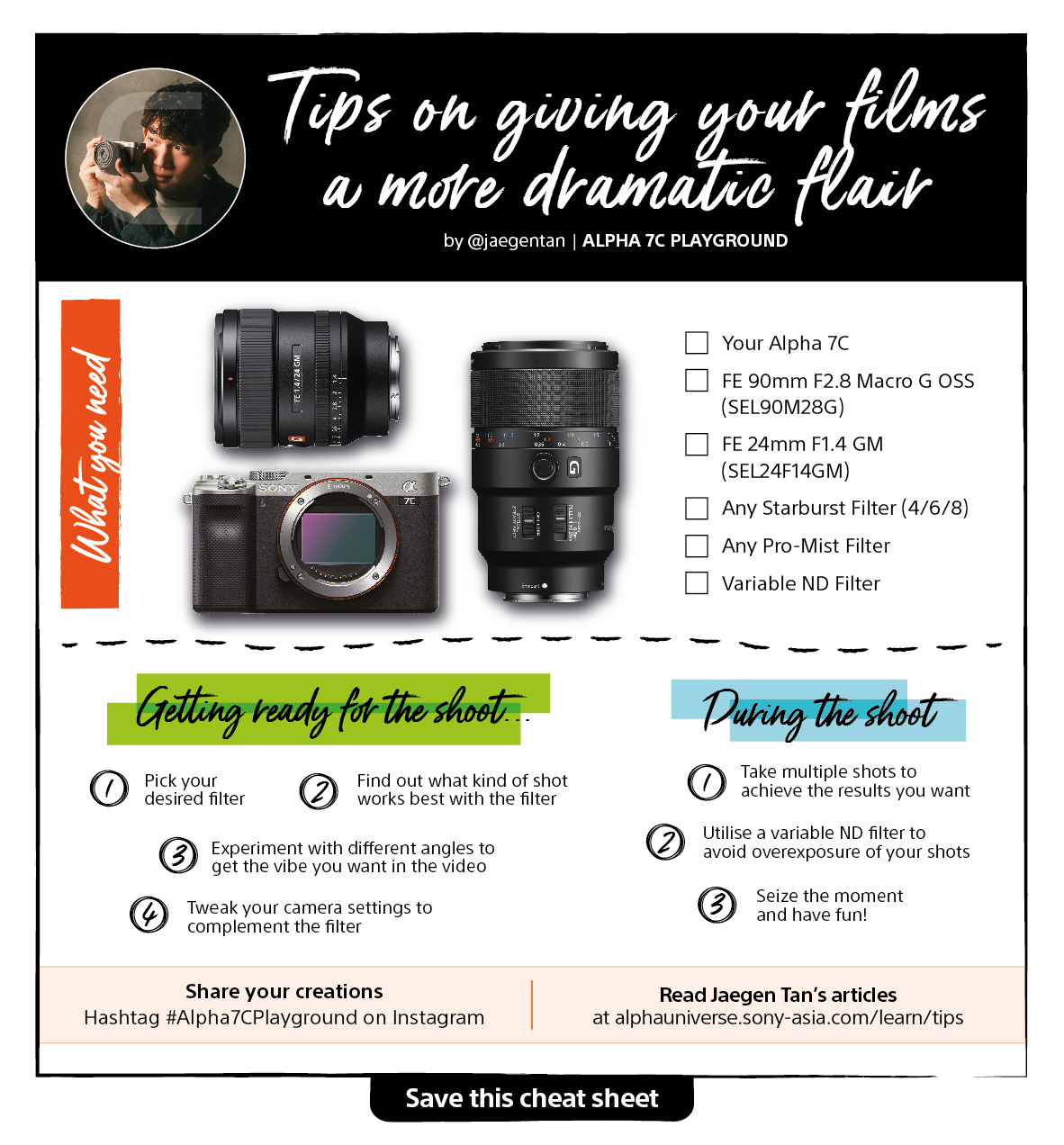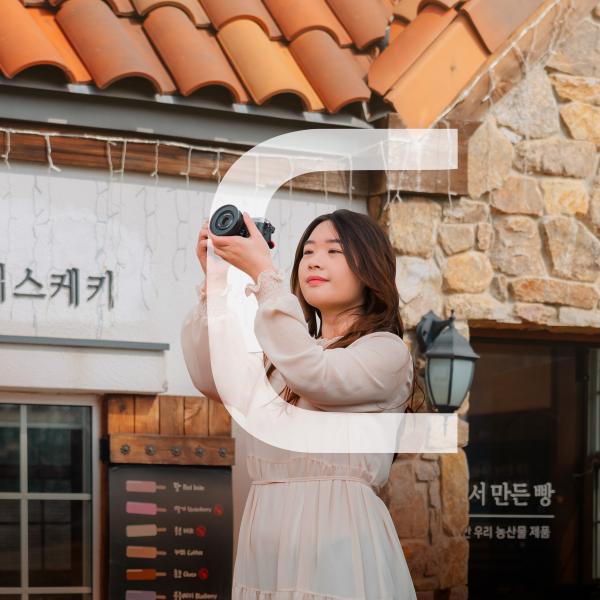Shooting in Low Light with Wide Apertures and 5-Axis Stabilisation

Whenever it comes to shooting in low-light, nothing beats pushing an extra stop and having stable footage while you’re outdoors. Stabilisation and lower apertures help with that and you’ll find yourself increasing your variety of shots to choose from.”
Whenever it comes to shooting in low-light, nothing beats pushing an extra stop and having stable footage while you’re outdoors. Stabilisation and lower apertures help with that and you’ll find yourself increasing your variety of shots to choose from.”
Products
Featured
Here’s what you’ll need
I enjoy shooting outdoors in low light as I can capture my subjects with a soft glow, thus giving my footage a dreamlike atmosphere. During such outdoor shoots, I tend to gravitate towards shooting handheld as it means having less equipment to carry and less time spent on my set-up. This saves me a great deal of time on my shoot and allows me to focus on the moments that matter most.
Shooting footage handheld can be a challenge for beginners but one can’t deny that it is the most convenient way to gather footage on the go, or in situations where it is difficult to use a tripod set-up. The Alpha 7C comes with in-built 5-axis stabilisation to reduce camera shake when shooting handheld so that you will have stable footage, always.
Before going on an outdoor shoot in low-light conditions, it is advisable to pack wide-aperture lenses. My personal favourites are the G lens or G Master series, which specialises in high-quality lenses that go down to an aperture of 1.4 or 2.8. When paired with the Alpha 7C, I am able to shoot stable handheld footage at wide apertures of 1.4 or 2.8, which allows more light into my camera sensor and reduces my ISO value. Thus resulting in less noise and cleaner footage. Shooting at a wider aperture also means that the fall-off for the focus is much narrower so moving in a singular action would result in you nailing your shots with higher accuracy.
Another tip is to use breathing techniques to further stabilise your footage when shooting handheld. I like to decide on my movement or range of motion before I shoot to gauge how fast or slow I need to go. Keeping your arms tucked towards your chest and a sideways or forward action with reduced or controlled leg movements would be something beneficial to this process as it helps limit the body shake. Imagine you are underwater and there is a current sweeping you – that is the pace that would be optimal for shooting fluid footage.
All in all, a video shot in low light should evoke a sense of calm that comes with the enchanting mystique of the darkness. With smooth, steady movements and wide-aperture lenses, you’re on your way to creating your first low light video that will enthral your viewers.
Extra Tips
With wide aperture lenses, you can create beautiful footage with creamy bokeh. I like pairing these lenses with certain filters (such as a starburst filter) to elevate my footage with light flares, which add an interesting element to my shots.

